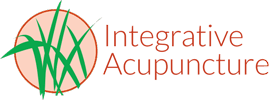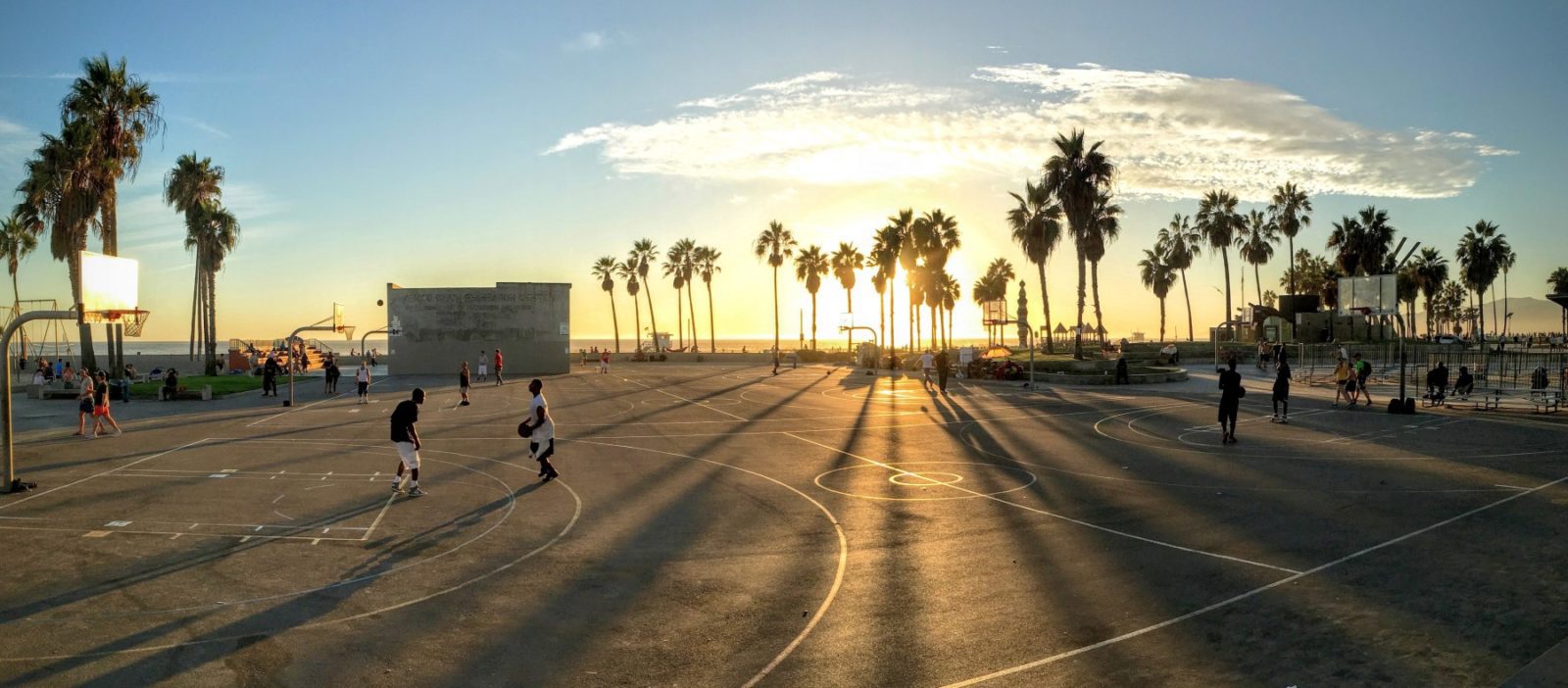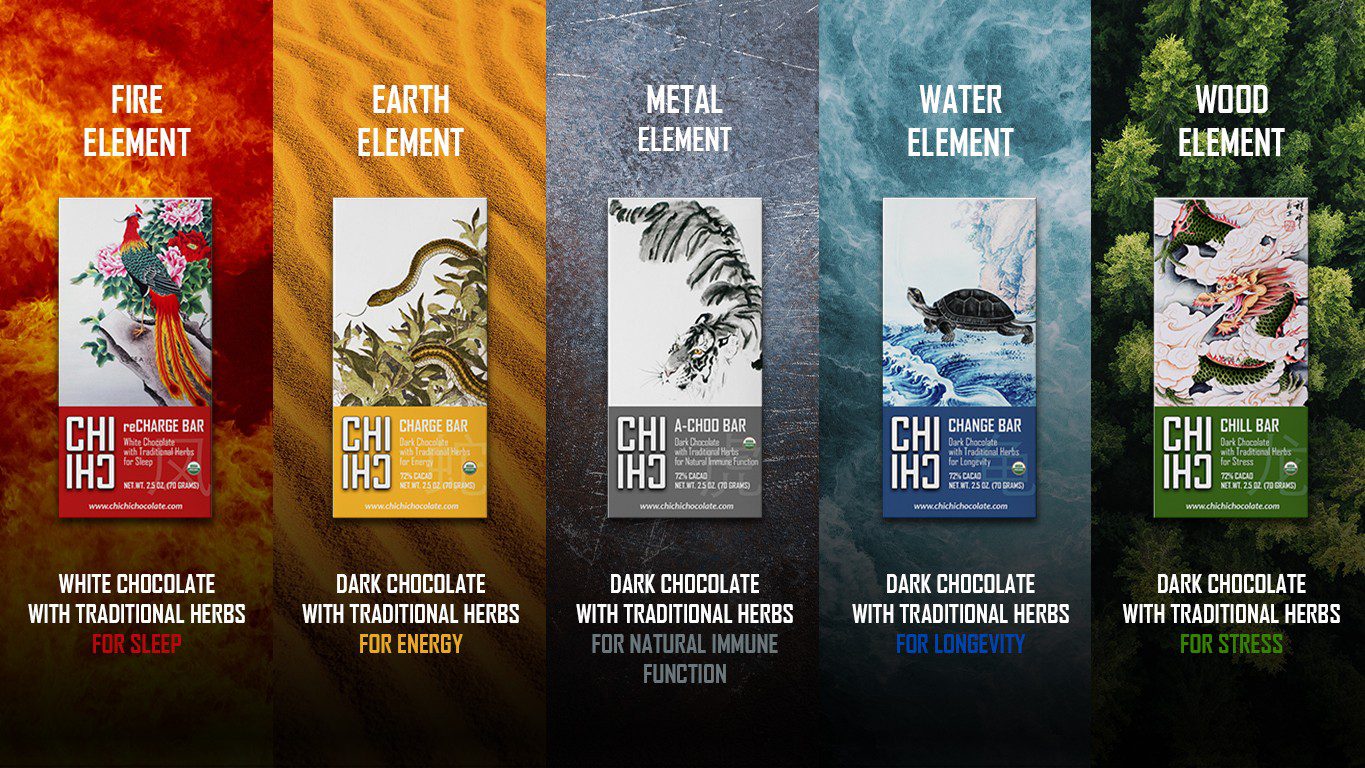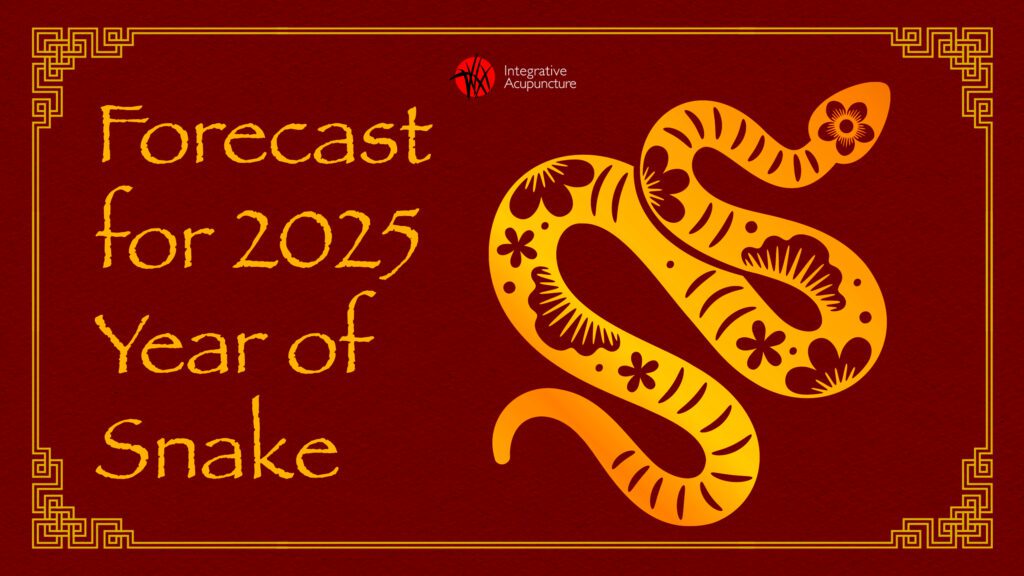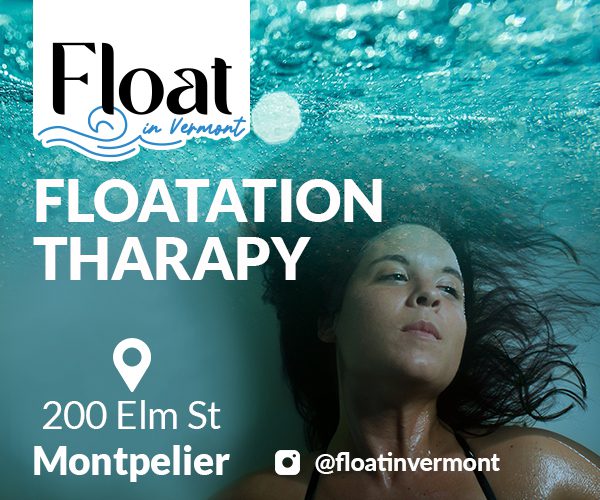Athletes Worst Possibilities
Injury is the most dreaded possibility for athletes, amateur or professional. The down time waiting for the wounds to heal can be mind-numbing and infuriating. And when you finally think that you’re ready to get back in the ring, you’re back in top health, your injury may flare up again keeping you from performing your best. This has caused athletes and athletic doctors and physical therapists to search for better ways to treat injuries incurred during the sport and faster ways to heal.
Recent studies have lent credence to the belief among athletes that acupuncture can help you recover faster from athletic injury. Research included a test with three groups: a control group which received acupuncture, another group which received sham acupuncture and a third which received neither. The study tested the subject’s heart rate, oxygen consumption and blood lactic acid as signifiers of the health of the athlete’s performance. The acupuncture group tested better in all three categories.
Further tests are in the works to truly pin point the efficacy of acupuncture on athletic injury but preliminary results are promising as they substantiate a previously, widely-held belief of many athletes.
A summary of the article:
Effects of acupuncture stimulation on recovery ability of male elite basketball athletes
Abstract
Developing effective methods for helping athletes recover from muscle fatigue is deemed essential, particularly on the eves’ important competitions. This study aimed to investigate the effects of acupuncture stimulation on athletes’ recovery abilities. Subjects were selected from 30 male elite university basketball players who were randomly assigned to 3 groups: acupuncture group, sham group, and normal (control) group, each containing 10 subjects. Acupuncture was carried out on each athlete in acupuncture group at the Neiguan (PC6) and Zusanli (ST36) acupoints, beginning at 15 min prior to exercise and continuing until exhaustion of the subject. Similar acupuncture was also carried out on each athlete in the sham group but the positions were 1 cm away from the PC6 and ST36 acupoints. No acupuncture was conducted on the athletes in the normal group. During the experiments, each subject performed separate runs on the treadmill. The data of heart rate (HR(max)), oxygen consumption (VO(2max)), and blood lactic acid were measured during the rest period and at 3 recovery points of time (5th, 30th and 60th min) post-exercise. The results showed that the acupuncture group (PC6 and ST36) has significantly lower HR(max), VO(2max) and blood lactic acid than both the sham and normal groups at the 30th min post-exercise. Blood lactic acid of the acupuncture group was also significantly lower than that of the other two groups in the 60th min post-exercise. Our findings have shed some light on the development of effective acupuncture schemes to enhance the recovery ability for elite basketball athletes.
Links to the Articles:
http://www.ncbi.nlm.nih.gov/pubmed/19606508
